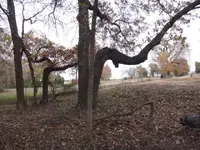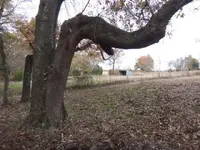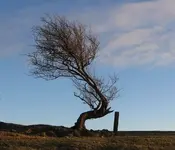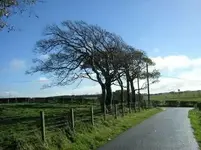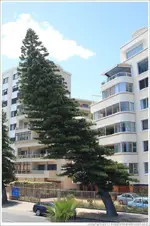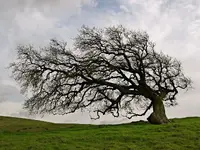Reading The Trees
Ok, that place panned out.
You drive down the road for 20 minutes and you think you saw a single fence post, 25 feet back from the road.
You get out and stumble around in the brush and make you way into the wooded area,......
Then you kind of "Break Through", there is a clear section, over 50 ft. wide and straight as a pin.
Looks like a hallway, up to the right, and down to the left, as far as the eye can see,.....
You scratch around and find bits and pieces of square fence post and wire.
Then,...... you drag your feet around and find wood spaced equally and a rail,.....
A long abandoned railway.
Nature is not Straight
Nature is not straight.
It does not plant trees in nice neat rows.
It does not supply roses to just one place in the county just back from the road,......
All in a nice straight line.
Nature is "Random"
Train your eye to catch things that are just too straight, too well in a row, too evenly spaced.
Nature doesn't do that, people do that.
What We Get Used To
Our eyes are accustomed to seeing "City Things",....
Sidewalks straight as a pin, property lines same for same, things at 90 deg, things at 180 deg.
And,...... things in a straight line.
A uniform look, square corners, laid out on a grid, nothing random about it.
"When you out in the back country don't leave your city eyes behind"
Use those eyes to spot what is out of place, what doesn't fit in, what stick out like a sore thumb.
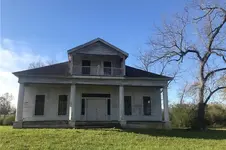
Notice here, 4,5,6, branches growing on the side away from the building.
Toward the building, just 1.
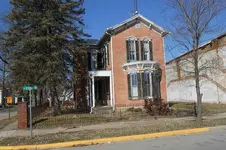
See here, the tree has grown angling away from the building, and more growth on the off side.
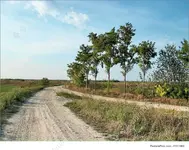
Evenly spaced, no others around, needs looking into.
That's about all what I remember
SanMan



